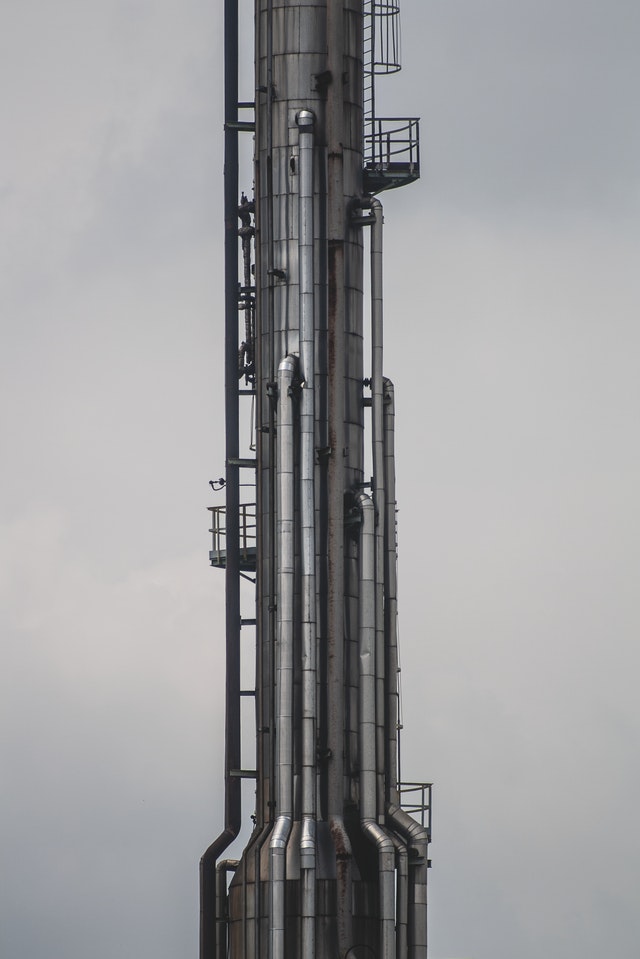WRM first posted about the upcoming changes to Biowaste treatment permits issued by the Environment Agency in December 2019, in our blog about Regulation 61 Notices. Since then, we have been supporting the Biowaste sector, as well as other sectors affected by these changes (e.g. food and drink manufacturing), by responding to these notices and undertaking the necessary technical works. We brought our learnings from this work into a free to download white paper, to educate industry on what to expect when receiving such notices.
Since then, the regulators have been reviewing the information supplied and issuing the subsequently varied permits, including the anticipated permit conditions for additional monitoring in line with BAT (Best Available Techniques) conclusions. Through this process we have identified additional works being required by the regulators to ensure that the operator can comply with these new emission limits conditioned on the permit. This has typically taken the form of permit improvement conditions and very often includes a requirement to review odour abatement system design and make improvements where necessary.
The starting point in this process is through the determination of what the regulator is referring to as the “waste gas composition”. The simple question the regulator is asking is whether or not the existing odour treatment system design and performance will be able to meet the new emission limit values (typically for ammonia, hydrogen sulphide, and/or odour). This requires sampling of gases at the inlet and outlet of each stage of the odour treatment system for a variety of compounds to establish the concentrations and flow rates. This data can then be used to cross-reference technology specifications and/or performance guarantees and identify any issues that might require change. This could identify requirements for alternative treatment technologies or upscaling of existing assets if these have not been amended in line with capacities elsewhere in the system.
WRM have been working with the sector to design these waste gas composition investigations including advising on necessary works to meet new emission limit values. This work is detailed and specialised in nature, and we encourage operators to speak to us to understand what they need to do if faced with such improvement conditions following the Regulation 61 notices.
